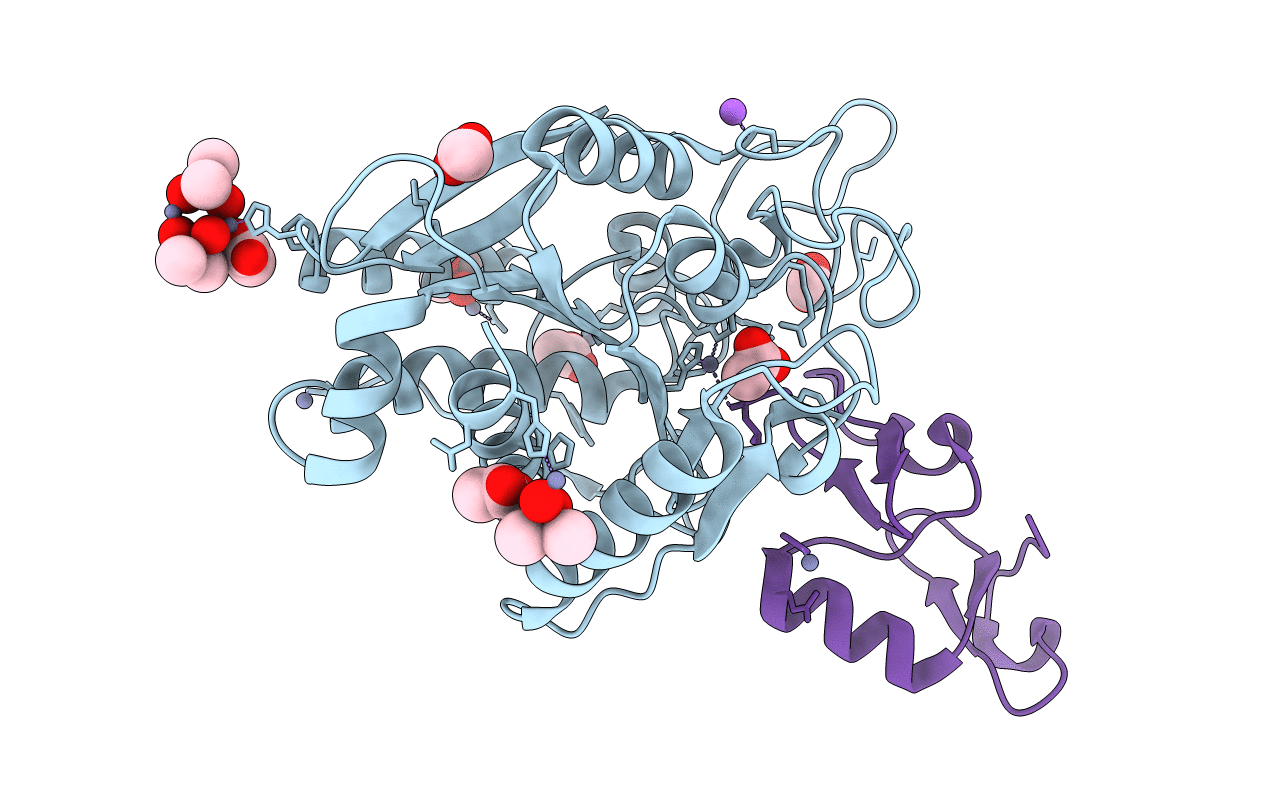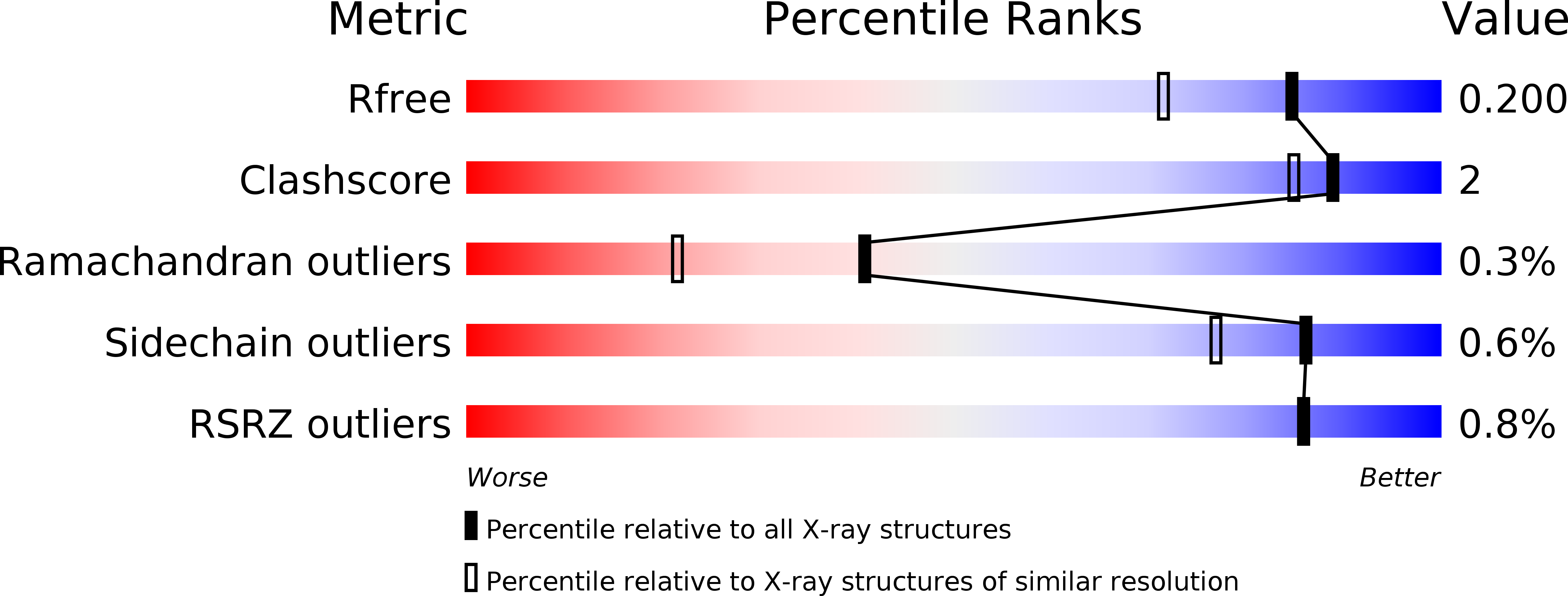
Deposition Date
2008-12-15
Release Date
2008-12-30
Last Version Date
2024-10-16
Entry Detail
PDB ID:
3FJU
Keywords:
Title:
Ascaris suum carboxypeptidase inhibitor in complex with human carboxypeptidase A1
Biological Source:
Source Organism:
Homo sapiens (Taxon ID: 9606)
Ascaris suum (Taxon ID: 6253)
Ascaris suum (Taxon ID: 6253)
Host Organism:
Method Details:
Experimental Method:
Resolution:
1.60 Å
R-Value Free:
0.20
R-Value Work:
0.15
R-Value Observed:
0.15
Space Group:
P 21 21 21


